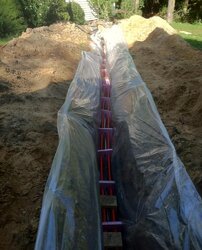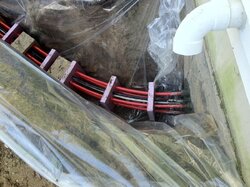http://www.ebay.com/itm/OUTDOOR-WOO...171?pt=LH_DefaultDomain_0&hash=item5ae24583c3
Does anyone know anything about the pipe in the above ebay listing. It appears to be better than the wrapped pipe. I have read about the problems associated with the wrapped pex inside the cooragated pipe. The price per foot of the above seems hard to beat for what it appears you are getting. Thanks in advance for any help on this.
Does anyone know anything about the pipe in the above ebay listing. It appears to be better than the wrapped pipe. I have read about the problems associated with the wrapped pex inside the cooragated pipe. The price per foot of the above seems hard to beat for what it appears you are getting. Thanks in advance for any help on this.




